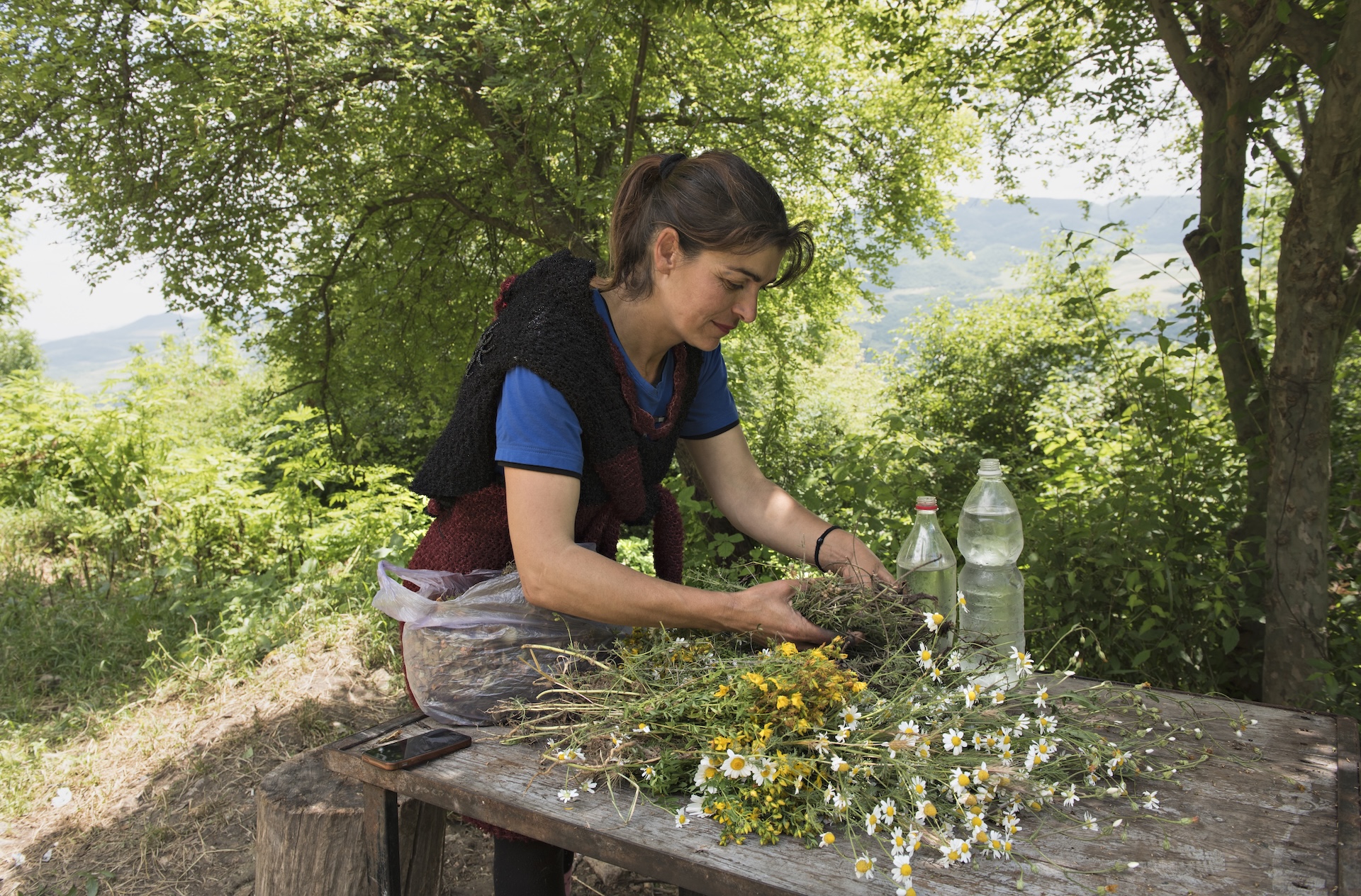
““Will we, one day, have eventually a chance to live in peace?”
This is the first question addressed to the photographer by this young peasant woman who is sorting the medicinal plants that she will sell on the market. How well we understand it! Born during the first Nagorno-Karabakh war, the young woman knew from the cradle the detonations, the fear, the uncertainty of the next day. After six years of fighting, when the ceasefire was signed on May 16, 1994, her parents undoubtedly told to the little girl that the war was finally over. This was not entirely true as no peace treaty has ever come to seal an agreement on the fate of the territory. As a teenager, she perhaps glimpsed a peaceful future during the few years of status quo, unfortunately, this was not to happen.
In 2008, when she was still a young girl, the hostilities once again flared up in broad daylight. At regular intervals, skirmishes left soldiers posted to defend the borders dead, dashing her hopes for a lasting peace. Finally in 2016 the Four Day War, initiated by an offensive of the Azerbaijani army, broke out. Involving thousands of soldiers, this April War, the most serious violation of the ceasefire since 1994, showed everyone that, clearly, nothing had been resolved. The young woman felt that she had to expect everything to start all over again, as in the days of her early childhood. In fact, four years later, in September 2020, Baku launched the second Nagorno-Karabakh war.
Despite the ceasefire signed after 44 days of fighting, she lived for three years on borrowed time, with the constant fear that misfortune would strike again, which finally happened in September 2023: the deportation of an entire Armenian population from Nagorno-Karabakh. Even though she survived the second war, which left dozens of civilian victims, and even if she remained in Armenia like most of the refugees, can she still believe that one day she will finally be allowed to live in peace?